One of the most exciting frontiers in modern physics is the ability to control matter at its most fundamental level. In recent breakthroughs, scientists have shown how lasers can be used to push crystal vibrations to their quantum ground state. This means they’ve figured out how to quiet the natural internal “shaking” of atoms inside a crystal—down to the lowest energy state allowed by the laws of quantum mechanics.
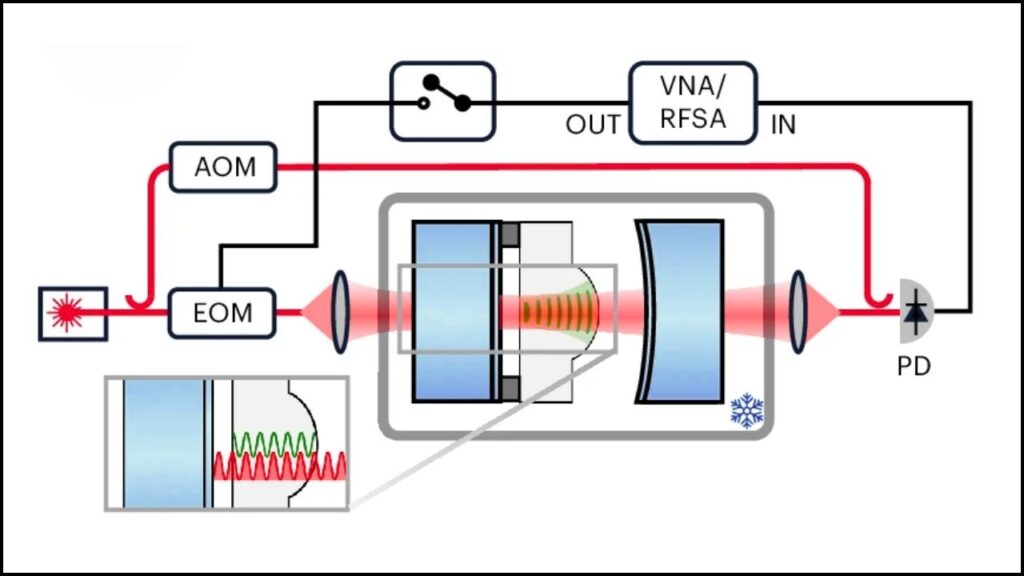
Why does this matter? Because controlling vibrations at the quantum level opens the door to quantum computers, ultra-sensitive sensors, secure communications, and deeper insights into the mysteries of physics. In this article, we’ll break down what this discovery means, how it works, and why it’s so important—not just for scientists, but for all of us who may one day rely on quantum technologies in daily life.
Table of Contents
Lasers Used To Push Crystal Vibrations To Their Quantum Ground State
| Feature | Details |
|---|---|
| Main Discovery | Lasers can cool crystal vibrations (phonons) to their quantum ground state |
| Research Example | Yale University researchers (2025) cooled a bulk quartz resonator to its ground state using lasers and an optical cavity |
| Applications | Quantum computing, precision sensing, communications security, hybrid quantum systems |
| Method Used | Optomechanical sideband cooling via red-detuned lasers |
| Scale of Success | From nanoscale beams (~100 nm) to bulk crystals (~10 micrograms) |
| Future Impact | Better quantum hardware, ultra-sensitive detectors, new scientific discoveries |
| Official Source | Yale Engineering |
The breakthrough of using lasers to push crystal vibrations to their quantum ground state represents a giant step forward in quantum science. By mastering the art of calming matter at its deepest level, scientists are opening the door to quantum technologies that could reshape computing, communications, and sensing.
We’re standing at a moment similar to the early days of electricity—where today’s experiments will become tomorrow’s industries. From Yale’s quartz resonators to Caltech’s nanobeams, each step brings us closer to a future powered by quantum mechanics.
What Exactly Is the “Quantum Ground State”?
To understand this breakthrough, let’s first simplify what “quantum ground state” means.
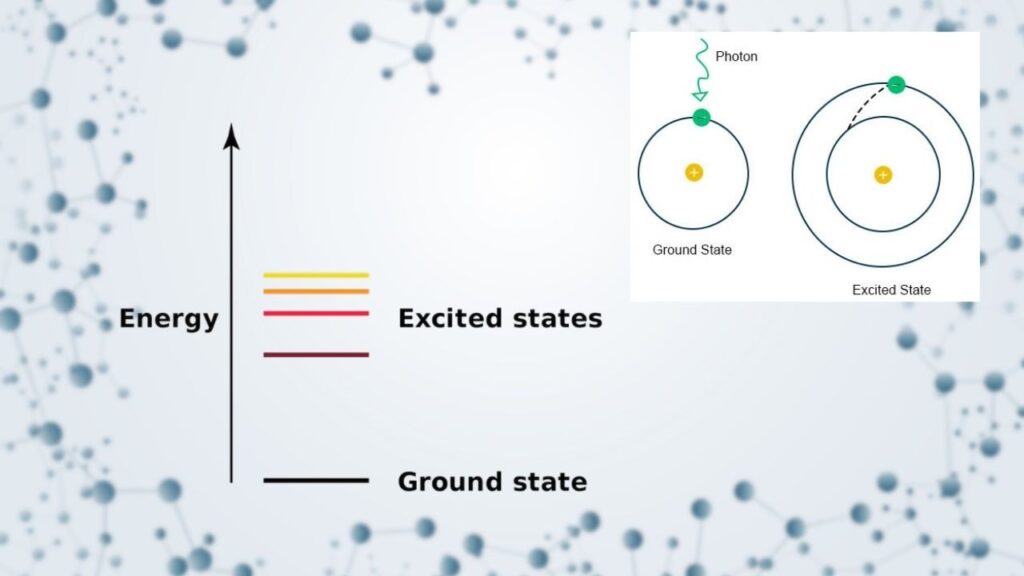
Imagine shaking a bowl of jelly. Even if you stop, the jelly wiggles for a while. Now, imagine trying to freeze that motion completely. At the atomic level, something similar happens inside a crystal: its atoms vibrate constantly, creating tiny ripples of energy called phonons.
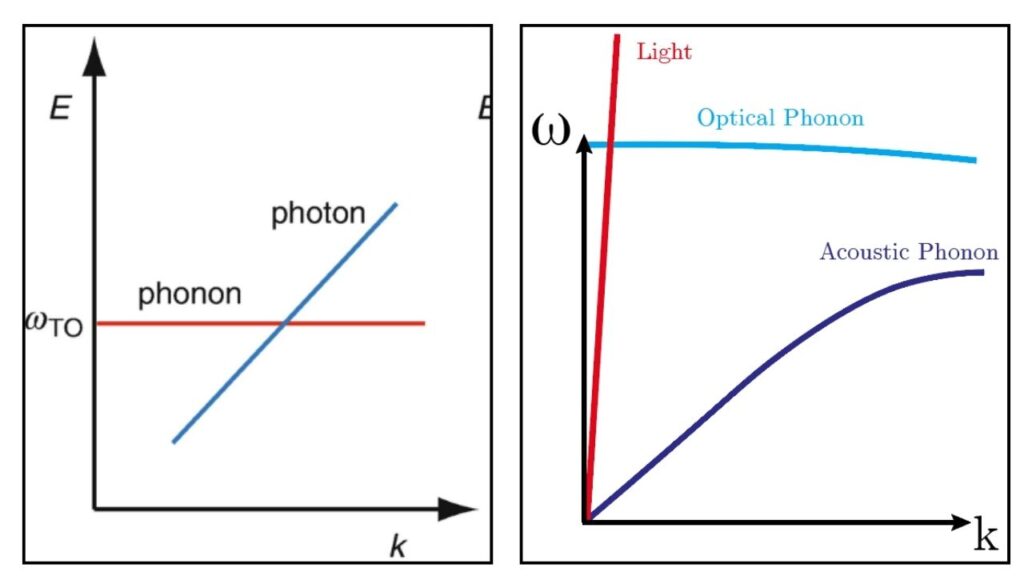
Scientists can remove much of this energy, but quantum physics sets a strict limit. The quantum ground state is that lowest possible energy level where the system cannot be made any “quieter.” In other words, the atoms still have a faint quantum buzz (known as zero-point energy) but nothing more.
Reaching this state means scientists are no longer fighting against thermal noise or randomness. Instead, they are working with matter at the purest level allowed by nature.
How Do Lasers Cool Crystal Vibrations?
Cooling something with a laser may sound odd. After all, aren’t lasers supposed to heat things up? The trick lies in a method called optomechanical sideband cooling, which uses the momentum of photons to “suck energy out” of a vibrating crystal.
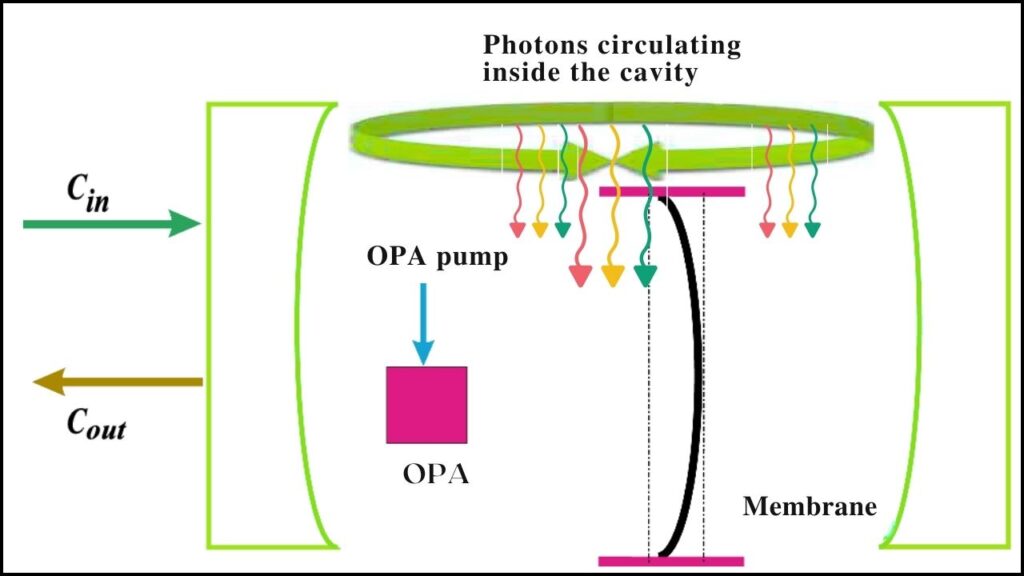
Here’s how it works:
- The Vibrating Crystal
Every crystal vibrates naturally. These vibrations are measured as phonons. - Placing the Crystal in an Optical Cavity
Scientists sandwich the crystal between two mirrors, forming a Fabry–Pérot optical cavity where light bounces back and forth. - Shining a Red-Detuned Laser
Instead of matching the cavity’s natural frequency, researchers deliberately tune the laser slightly lower. This “detuned” light scatters off the vibrations in a way that removes energy rather than adds it. - Phonon Removal
The light pulls phonons out of the system, cooling the vibrations closer and closer to the quantum ground state.
This technique is somewhat similar to how Doppler cooling is used to slow down atoms in quantum optics experiments. In both cases, photons act like a damping mechanism, reducing unwanted motion.
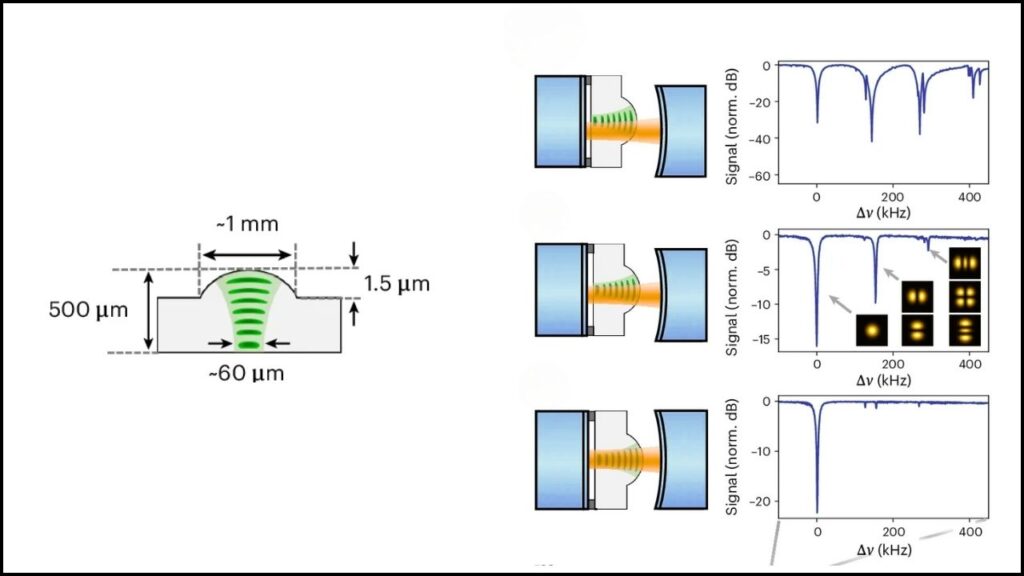
Why This Discovery Matters
The importance of cooling crystals to their ground state goes far beyond the lab. Here are the major implications:
1. Quantum Computers
Quantum computers depend on fragile quantum states that are easily disturbed by heat and noise. By cooling mechanical systems to the ground state, scientists can build more stable qubits, error-resistant quantum memories, and noise-free quantum processors.
2. Ultra-Sensitive Sensors
Imagine detecting tiny changes in gravitational waves, magnetic fields, or biological processes. Ground-state cooled crystals could make sensors so precise they detect signals currently hidden in noise. Projects like LIGO, which first detected gravitational waves in 2015, already rely on techniques that push mechanical noise close to quantum limits.
3. Secure Quantum Communications
The dream of a quantum internet depends on devices that can hold and transmit quantum information without losing it. Laser-cooled resonators could act as quantum repeaters or memories, extending secure communication networks across continents.
4. Fundamental Science
Perhaps most exciting, this technology allows us to explore questions about the quantum-classical boundary. How big can an object be and still behave quantum mechanically? Can we one day cool not just crystals, but entire systems, into quantum states?
Real-World Milestones in Laser Cooling of Vibrations
This field didn’t emerge overnight. Let’s look at some landmark experiments:
Yale University (2025) – Quartz Resonator
- Scientists cooled a bulk quartz crystal weighing about 10 micrograms.
- The resonator was placed in an optical cavity, and lasers were used to achieve the quantum ground state.
- This was significant because it proved the method works not just for tiny devices, but for larger, more practical systems.
Silicon Nanobeams – Near Ground State
- Earlier experiments cooled nanomechanical beams to 92% ground-state occupancy.
- Though small in scale, these results showed that sideband cooling can work effectively.
Caltech Optomechanical Crystals
- Researchers cooled a 3.7 GHz mechanical mode close to the ground state.
- The crystal’s phonon occupancy dropped to 0.85, proving the feasibility of reaching near-zero vibrations.
How Experiments Are Conducted: A Step-by-Step Guide
For those curious about the “behind the scenes” science, here’s how researchers actually do this:
- Initial Cooling
The crystal is first cooled in a cryogenic chamber to a few Kelvin (far colder than liquid nitrogen temperatures). - Placement in Optical Cavity
Mirrors create a high-quality optical cavity around the crystal to trap light effectively. - Laser Tuning
A red-detuned laser is shined into the system. Adjustments are made with extreme precision, often measured in fractions of a nanometer in wavelength. - Measurement
Sensitive detectors track the energy of the crystal’s vibrations, confirming when the phonon occupancy approaches zero. - Reaching the Ground State
After enough cycles of phonon removal, the crystal settles into its quantum ground state.
Professional Applications and Career Insights
For students and professionals entering this field, here’s where opportunities are growing:
- Quantum Physics Research: Universities and labs are expanding projects on optomechanics, quantum optics, and hybrid systems.
- Engineering Roles: Building optical cavities and cryogenic systems requires skilled engineers in photonics, vacuum systems, and laser technology.
- Quantum Industry: Startups in quantum computing and sensing are recruiting experts in these areas.
- Interdisciplinary Careers: Fields like materials science, nanofabrication, and computer science overlap with this research.
According to a Nature Reviews Physics report (2023), funding for quantum technologies is growing at more than 20% annually worldwide, meaning demand for talent in this space will only increase.
Challenges That Still Remain
Of course, the path isn’t without obstacles:
- Environmental Noise: Even tiny vibrations from outside can interfere with results.
- Scaling Up: Moving from microgram crystals to kilogram-scale devices is extremely challenging.
- Integration: Making this technology practical for quantum networks requires miniaturization and mass production.
- Heat from Lasers: Ironically, the very lasers that cool can also heat the crystal if not tuned precisely.
Overcoming these challenges will be the focus of the next decade in quantum optomechanics research.
Breakthrough in Quantum Dot Technology Enables Passive Two-Photon State Generation
Scientists Freeze Quantum Motion Without Cooling — A Physics First
Quantum Mystery Cracked After 60 Years — Scientists Discover Unexpected ‘Backdoor’
FAQs About Lasers Used To Push Crystal Vibrations To Their Quantum Ground State
Q1: Why use lasers instead of traditional cooling methods?
Traditional cooling (like liquid helium) gets crystals cold but can’t remove the quantum-level vibrations. Lasers allow precise, targeted removal of phonons.
Q2: Can this technology be used outside of physics labs?
Yes. In the future, it may enable medical imaging sensors, navigation systems that work without GPS, and secure communications.
Q3: What’s the difference between temperature and ground state?
Temperature measures average energy. Ground state is the lowest possible quantum energy—it’s about physics limits, not just “coldness.”
Q4: How soon will this impact quantum computers?
While prototypes are already benefiting from similar technologies, wide-scale impact may take 5–10 years as integration challenges are solved.



















